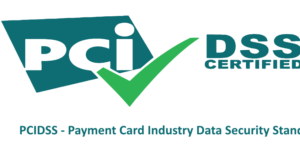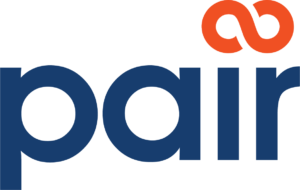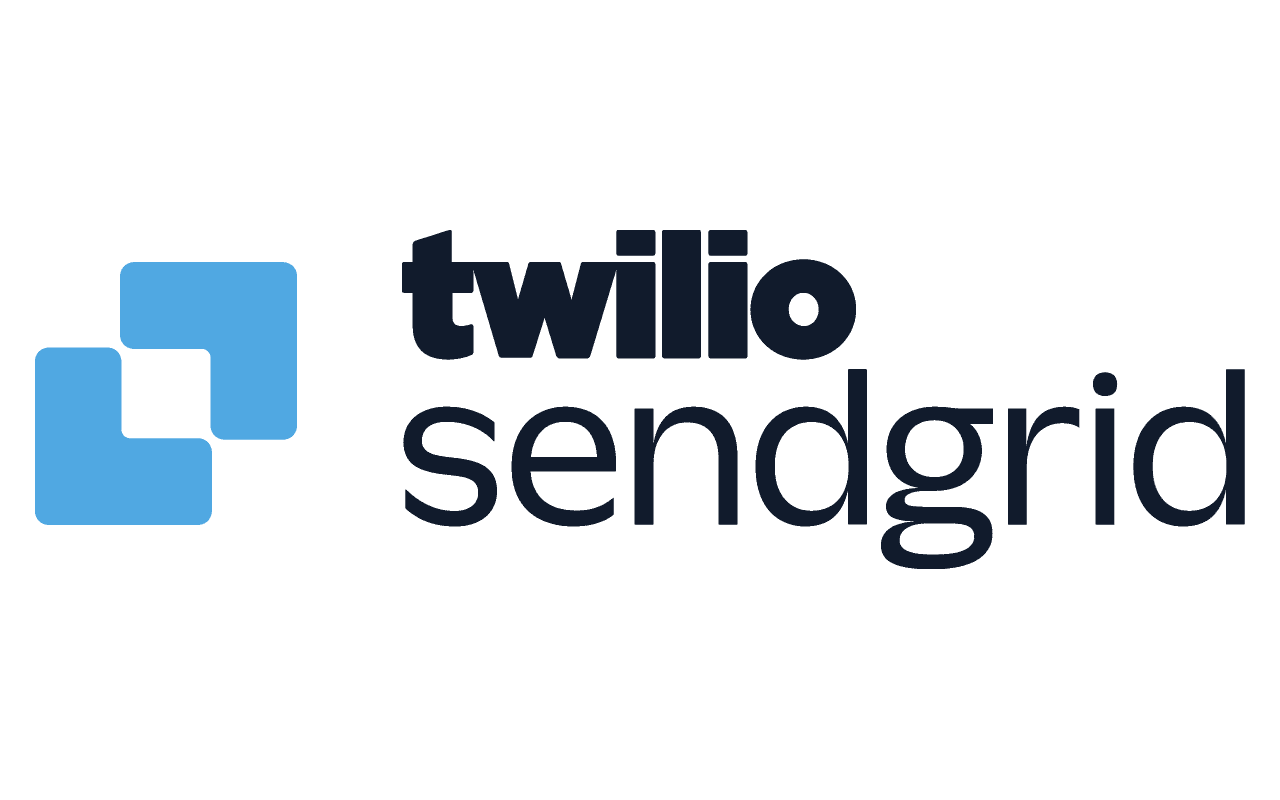What’s Under the Hood?
![]()
End-To-End Relationship - CRM
All of your relationships have one frictionless interface. Create, track, and grow your connections, always knowing where they are in your process.
![]()
Project Management
Maintain real-time, at-a-glance oversight of project tasks and milestones. Completely administer access to all data, communications, and documents. Email project reports with just a click.
![]()
Sales & Marketing
Create, automate, and track complex marketing and sales initiatives without the complexity, and stay connected to your customers.
![]()
Data & Reporting
Always know where your business stands with customized access to all your information at the click of a button.
![]()
Storage & Security
Add “Chain of Custody”
to your most critical information worldwide with
top-of-the-line data storage, security, and tracking.
![]()
Incisive Vision
Building business data management, toolsets, and processes with state-of-the-art industry demands.
Why Choose Cool Life?
![]()
Simple Pricing
Manage sensitive information seamlessly with simple pricing—comprehensive, affordable licensing covers the entire platform.
![]()
All-in-One System
All modules are included and can be used across your business units. Cool Life streamlines your business processes.
![]()
Faster On-boarding
Your system can be live in 30 days. Your implementation specialist will convert your business processes and workflows.
![]()
Integrations
Integrates with Outlook, email, LinkedIn, social media, and many other platforms. Open APIs allow for real-time data feeds.







.png)
.png)



